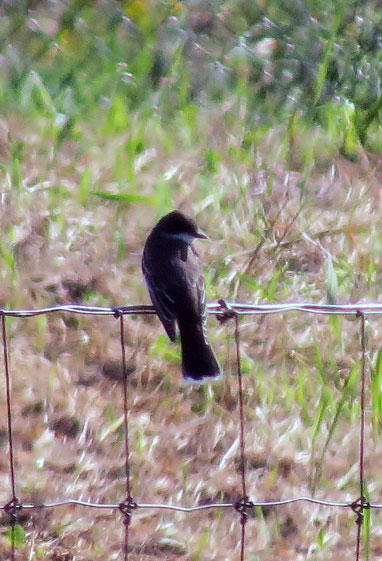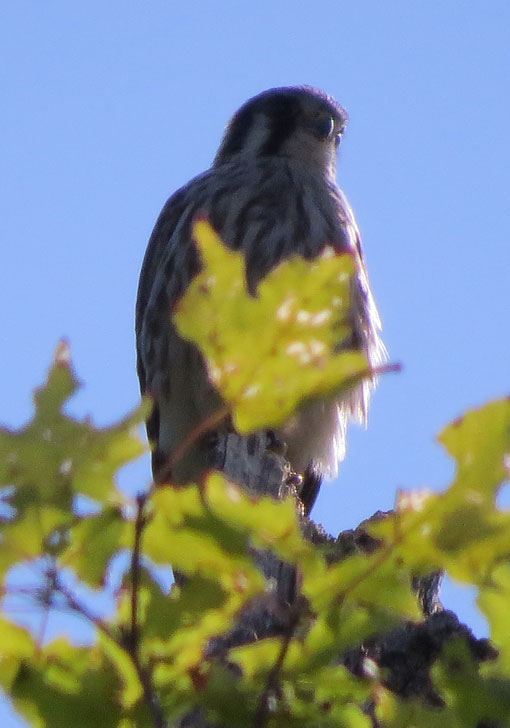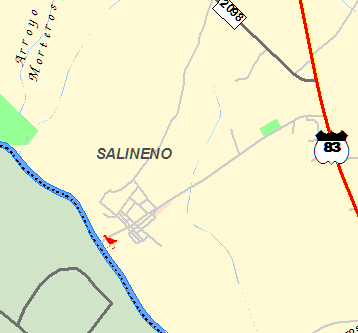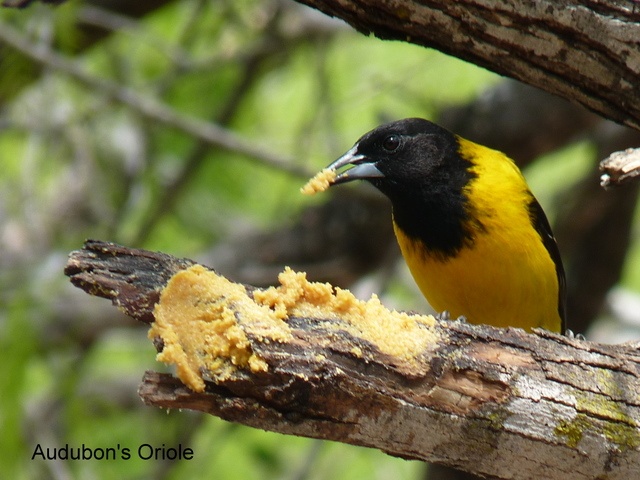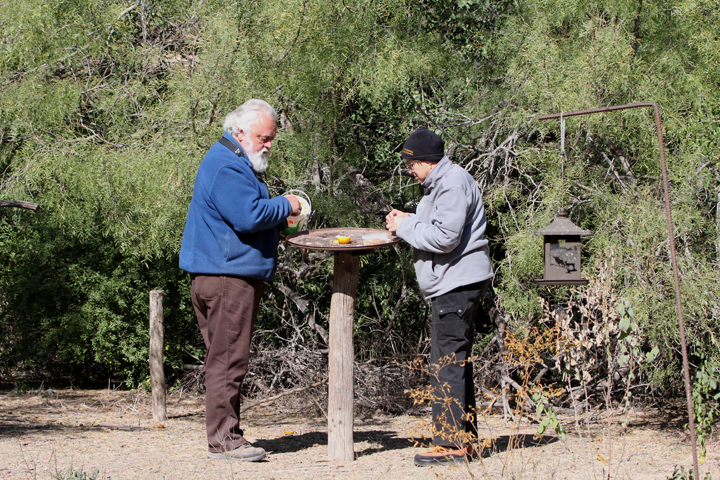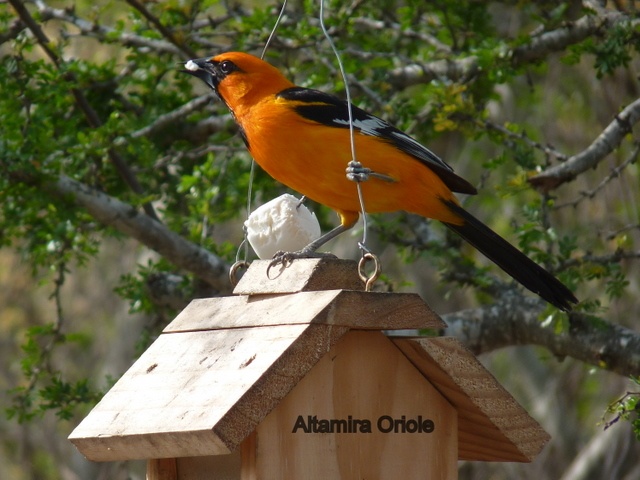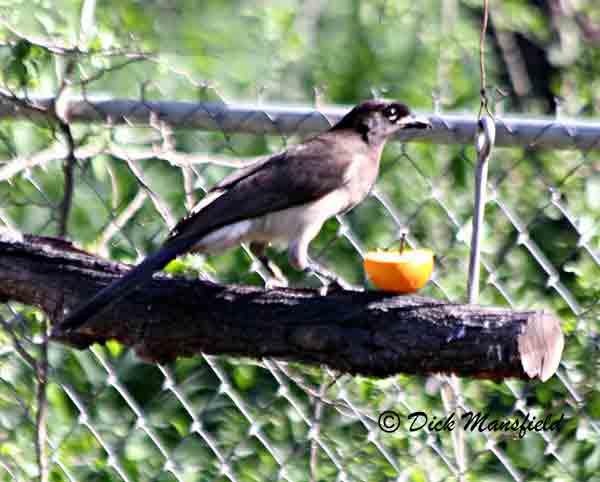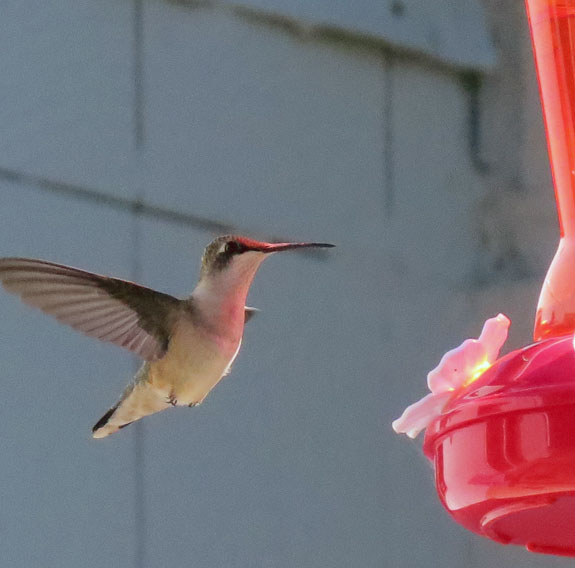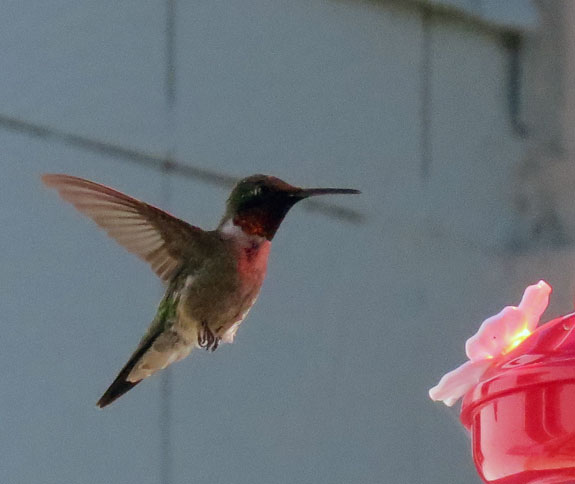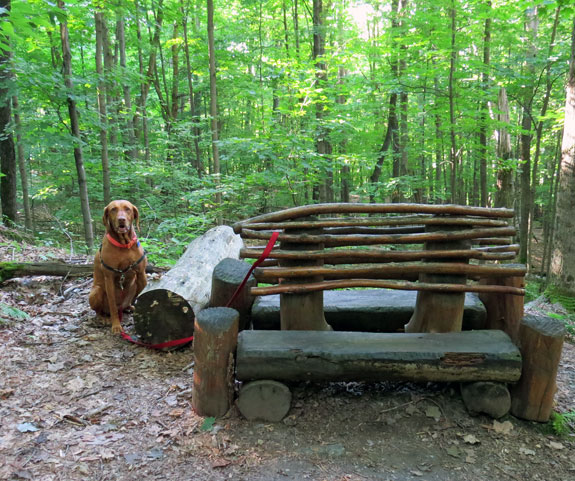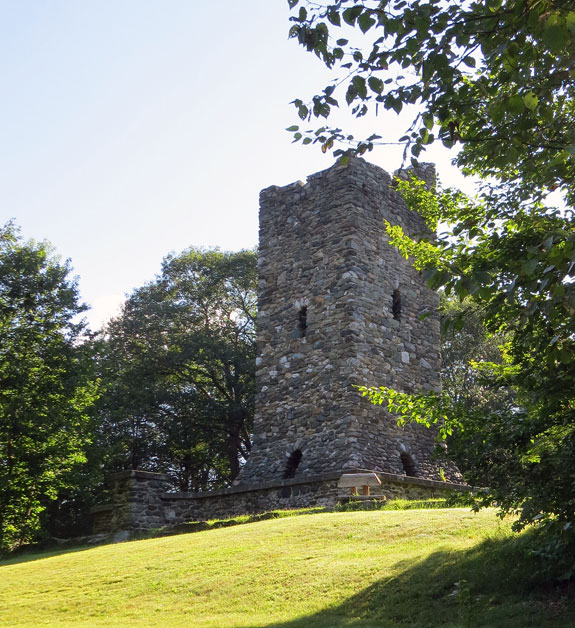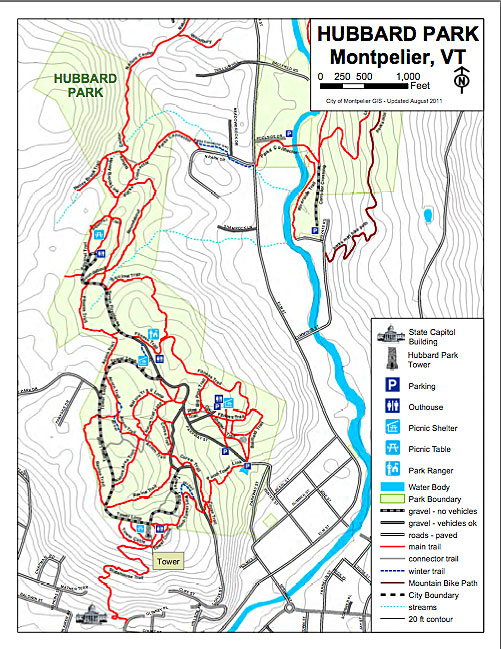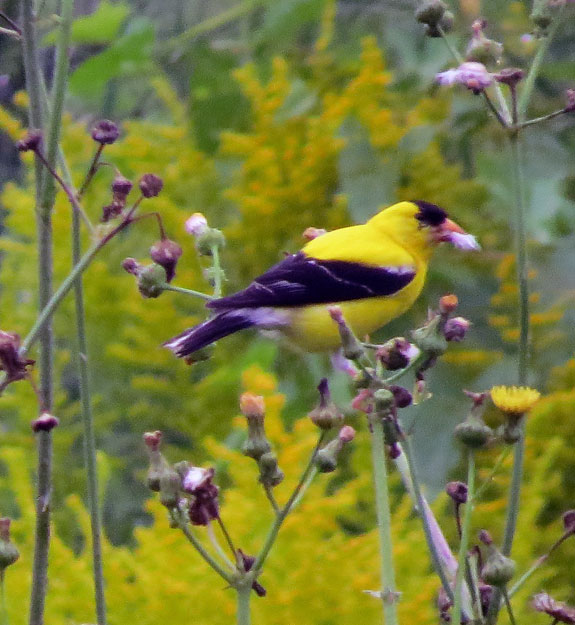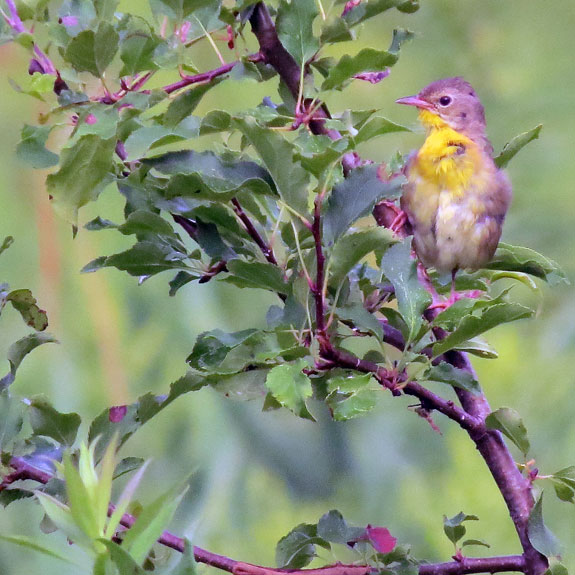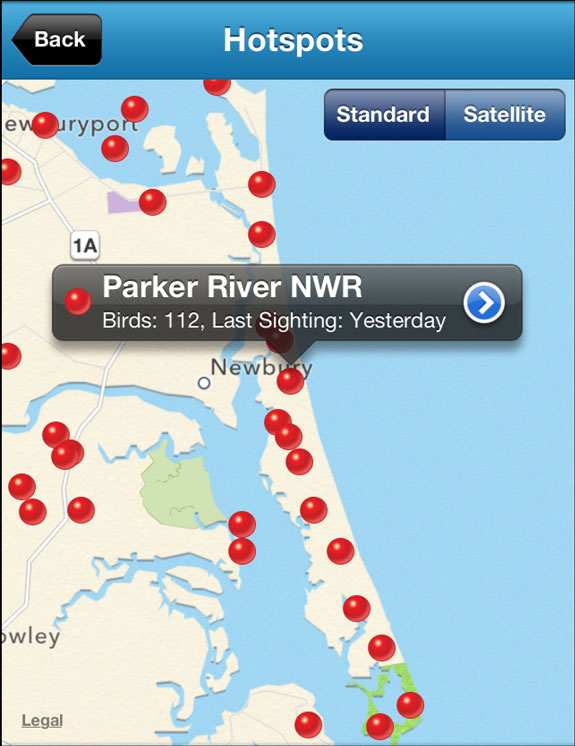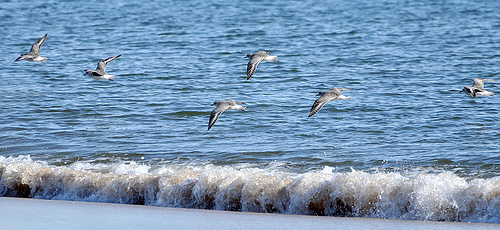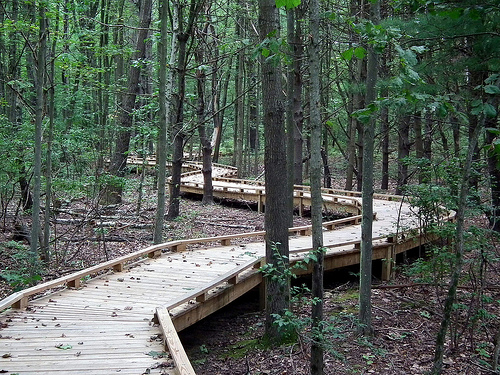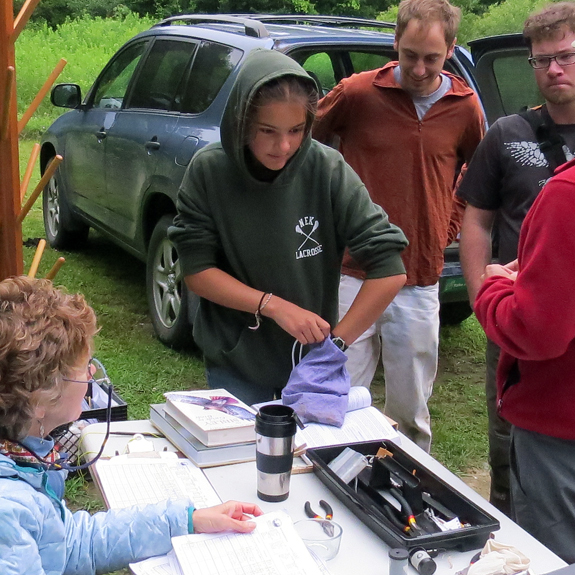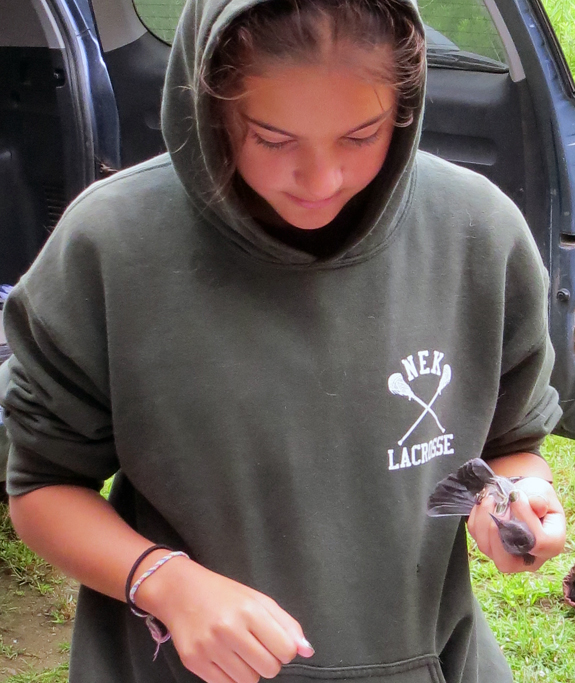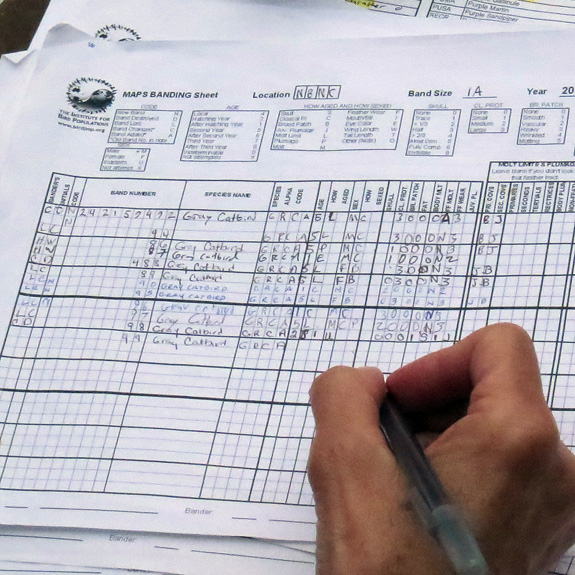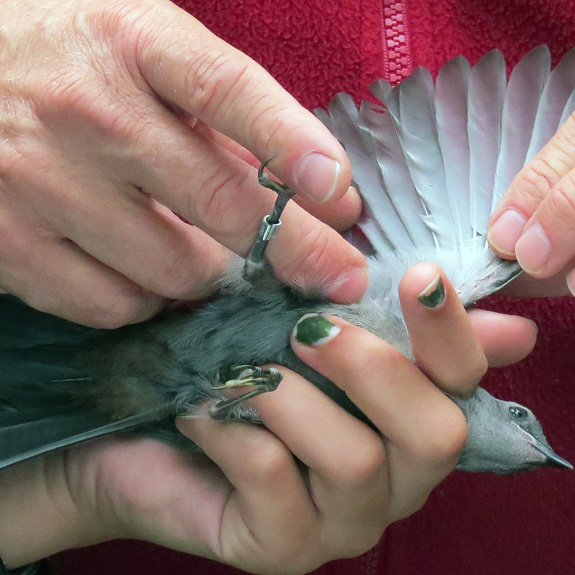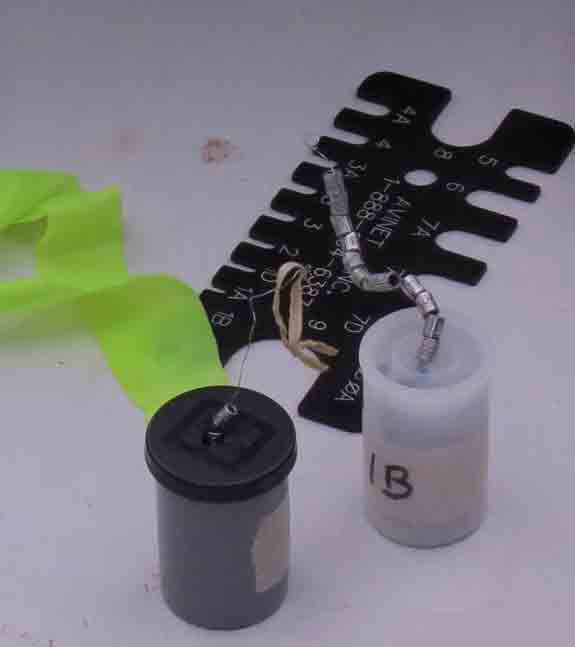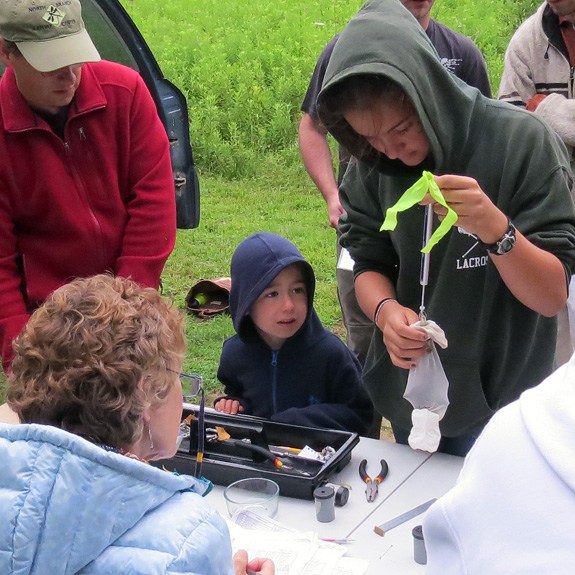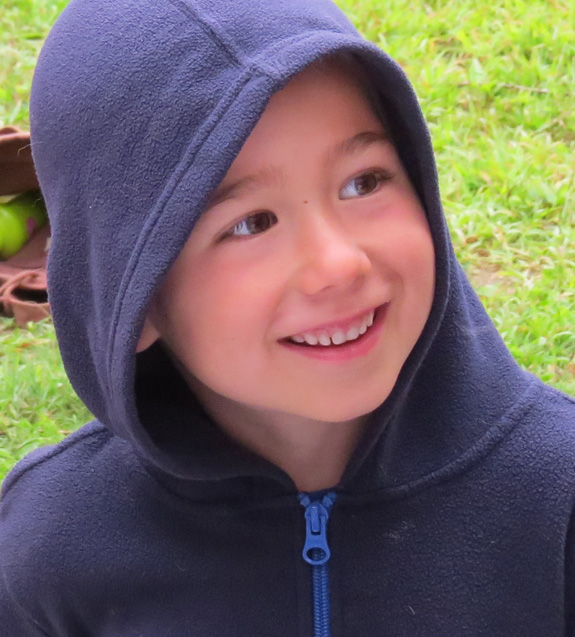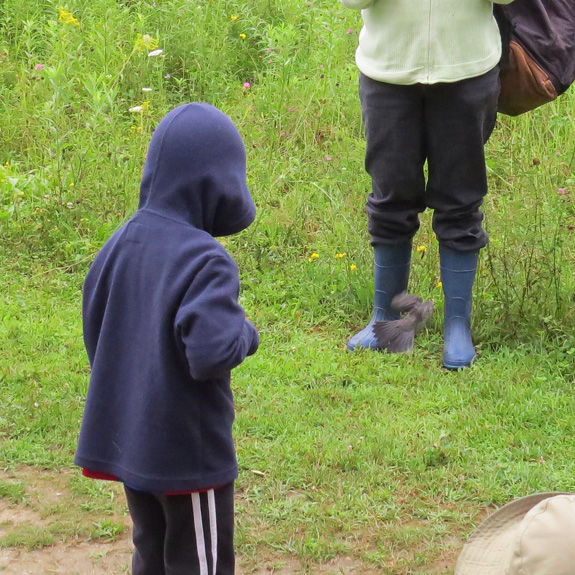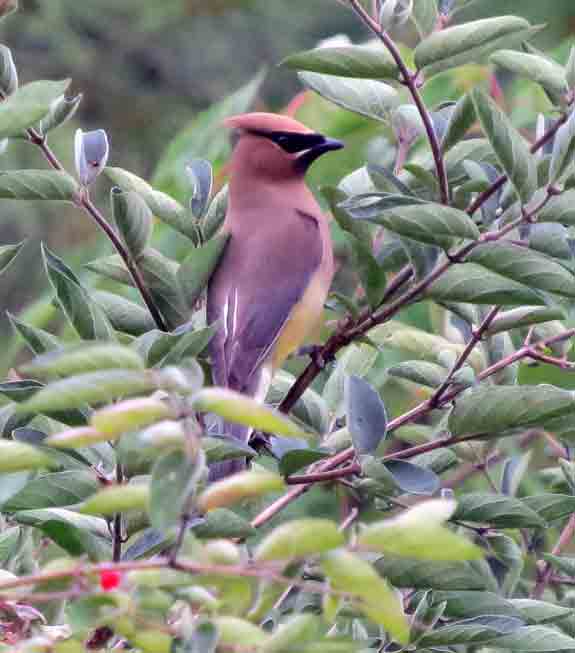Friday morning, I took off with the dog early in the morning to see if I could add a Peregrine Falcon to my County Big Year list. I headed toward Marshfield Mountain, a spot where they nest and are often seen, and we were heading in the narrow access road about the time the morning fog lifted. It promised to be a beautiful Vermont summer day.
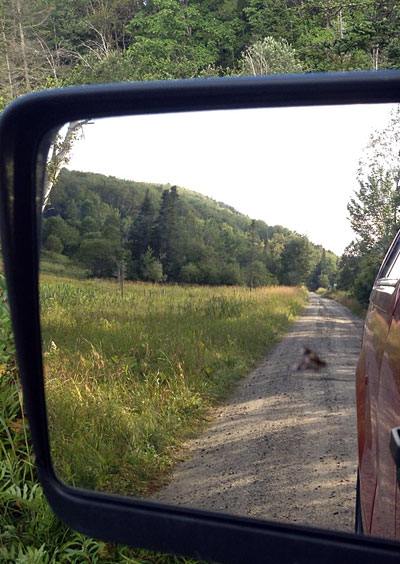
This deer fly rode all the way in on the side mirror – I probably should have taken that as a sign of the travails ahead.
Parking the truck and dousing up with bug dope, we headed down the trail, listening to warblers and enjoying the pretty morning. No one was around — there was no noise other than the dog’s crashing through the underbrush and my humming. The Deep Woods “Off” was working pretty well. I wasn’t quite sure of the directions and sure enough, took the wrong offshoot of a trail which after fifteen minutes, was obviously leading me away from the mountain. Reversing, I soon found another offshoot and started on a narrow, root-laden trail through the woods. Two Brown Creepers greeted me with their calls and cavorting. There were a lot of blowdowns across the trail from recent storms but the traveling was rather easy — and many woodland birds were active. Then, as I approached an opening where the mountain would be visible, I heard the distinctive call of a Peregrine and got a quick glimpse as it flew off.
I moved ahead to an opening and saw the cliffs of the mountain. I then traversed a rocky area and went on but soon realized that the trail was heading up part of the mountain. Given the fact that I had a leg that’s been bothering me a bit, I turned around to return to the opening where I could spend some time watching for another Peregrine.
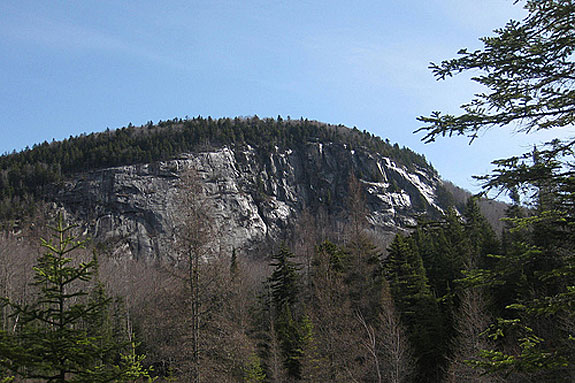
The cliffs of Marshfield Mountain where Peregrine Falcons hang out.
Just as I returned to the boulder-strewn area, disaster struck. Somehow, I slipped a bit and landed hard on my right foot. My right leg crumpled and I took a hard fall with excruciating pain. I yelled and of course, the dog came back to see what was up — I just laid there, unable to move. After a bit, I attempted to right myself but could put no weight on my right leg. So, here we are, about a mile in, no cell coverage at all, and no one around. It was still early, only about 10 AM and I had a water bottle and some food so I figured, if worse came to worse, I could just stay there until help came. (Mary did know where I was and of course, the truck was at the trailhead.)
Let me just give you a snapshot of the next two and a half hours: I found a limb to use as a crutch and could only move by holding it with both hands and leaning on it as I moved my right leg, then my left. It was terribly painful and I was wincing, swearing, and falling down as the crutch slipped, and then broke in half. I found another and foot by foot, started making it up the trail. Every root or rock was a potential trouble spot and going down hill was impossible. I resorted to crawling down the hills on hands and knees, doing the same over some of the logs across the trail, and under others. I took some breaks but it was a long muddy sweaty haul.
At one point, I noted that because I was bent over, staring so intently a where to plant the stick and my foot, that I was seeing all sorts of caterpillars and frogs and insects that I had just cruised past on the way in. At one point, I even decided to check out a warbler and through sweat-stained binoculars, watched a Black-throated Green feeding down low.
I made it back to the access road but even that, relatively smooth, was challenging. Boggy spots and little stream crossings took their toll and I would go say 50 feet ok, then place my foot wrong, and cry out — and on we went. There were a couple of uphills I hadn’t noticed on the way in and they were a challenge. I had parked the truck way to the side of the road, nearly in a ditch, and had a devil of a time getting to the door to open it and get the dog in. The tall grass held back my right foot and it killed me to pull the boot ahead, so I tamped the grass down and slowly moved the foot ahead. Getting up into the tall truck was also fun — I couldn’t get my right leg under the steering well and finally crawled nearly to the passenger side to get my boot past the brake pedal. Then we ran the air conditioner, drank water, and gave thanks.
The trip home was tough because I could not lift my right leg to get to the brake pedal. I finally got into a system of grabbing my leg when I needed to move it and also using second gear to slow down. I had to go about 20 minutes before cell coverage and called Mary from Plainfield. Since the dog was with me and it was now pretty warm out, I needed to get her home before hitting the ER.
Mary had lined up our neighbor to help me. She got the dog straightened out with water and food down cellar and David then helped me struggle from the truck to Mary’s Civic — which is pretty tight even when I’m healthy. We got situated, to the ER, and went through a series of exams and X-rays. The folks, on a beautiful Friday afternoon, were great and the results showed no broken bones. They put a brace on me, got me set up with crutches and some meds, and we were on our way home. Of course, the leg in a brace didn’t really fit in the Honda, even with the seat way back so it was a tough ride home. Then, I couldn’t make it up our shed steps so I just crawled into the house on hands and knees, dragging my new brace.

Here’s the long stabilizing brace that has the toughest Velcro in the world.
So, not much has changed in a day. The doc thinks I might be something related to the knee but we’ll have to see an ortho surgeon next week. It was quite an effort for County Bird #131. I think most of my birding in early August will be reading birding blogs — but I’m thankful for getting out of the woods, good health care, and wonderful support from Mary, family, and friends.

